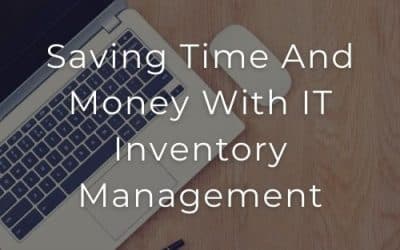Hardware asset management software gives you more visibility and control over your assets. Save a lot of time and a lot of money by using it.
itemit Asset Tracking Blog.
Learn more about the world of asset tracking software
Topics
Industries
How Does Hardware Asset Management Help Working From Home?
Working from home creates a challenge when it comes to tracking and managing your assets. Find out how hardware asset management software helps.
Why You Need IT Asset Management Software
Find out more about how you can save time and money with IT asset management software. Why do you need it? Implement automation and lose fewer assets.
How To Choose The Best IT Asset Management Software For Your Business
Find out more about how asset tracking works and how to choose the best IT asset management software for your business. Contact us to find out more.
Choosing The Best IT Asset Management Software
Choosing the best IT asset management software helps you save time and money. Find out more about how to use the best asset tracking software.
What Is A Computer Asset Register?
Learn about IT asset management and what a computer asset register is. Find out the best ways to save time and money on your asset tracking.
What Are Software Asset Management Tools?
Software asset management tools improve your IT asset management operations, saving your business time and money and increasing your accountability overall.
How To Use Hardware Asset Management Software
Find out more about how hardware asset management software works and how you’ll be able to use it to keep track of your IT asset register.
How Your Business Can Use IT Asset Tracking Software
Your business can use IT asset tracking software to save time and money. Find out more about the helpful features that are at your disposal.
How Will IT Asset Management Solutions Help Your Business?
IT asset management solutions take your business to the next levels of automation, accountability, and asset tracking capabilities.
Why IT Asset Management Software Is Essential To Remote Working
IT asset management software helps you keep track of your colleagues’ equipment. It is essential in remote working to run effective and transparent audits.
Saving Time And Money With IT Inventory Management
Find out more about how you can save time and money by using IT inventory management software. Track your critical assets with itemit.
Don't just track it. itemit.
Start your trial. 14 days. No risk. No credit card.












